Why the Sony FE 50mm F1.4 GM is the only lens you'll ever need
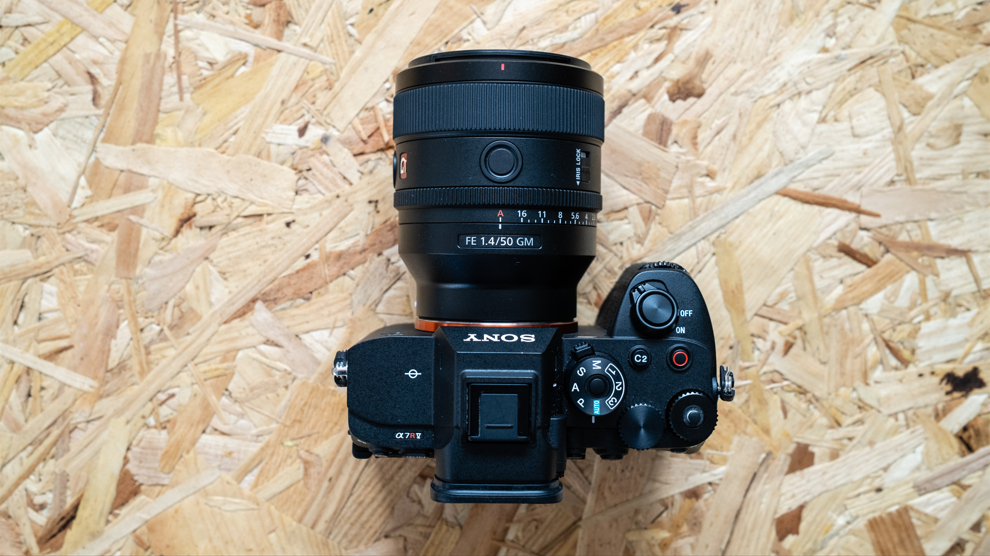
If you could only use one lens for the rest of your life, what would you choose? I don’t even need to think about the answer for even a second – for me, it’s the Sony FE 50mm F1.4 GM. I appreciate that this may sound hugely limiting when I could have chosen a zoom lens, but 50mm is one of the most versatile focal lengths in existence. Plus, excellent image quality alongside a fast maximum aperture make it a great option whatever you shoot.
50mm lenses are colloquially referred to as ‘nifty fifties’ because they’re traditionally inexpensive as well as offering great image quality and a fast maximum aperture. These days, 50mm lenses are designed and built to a much higher standard than they were in the past and, in many cases, are now premium lenses with a corresponding price tag. The Sony FE 50mm F1.4 GM is an excellent example of how well modern 50mm lenses can perform, so let’s take a closer look at why it’s the only lens you'll ever need…
1. Excellent image quality
First and foremost, the 50mm F1.4 GM produces excellent image quality throughout the aperture range. Prime lenses traditionally produce better image quality than zoom lenses and although the gap between them has reduced, high-quality primes have maintained the edge.

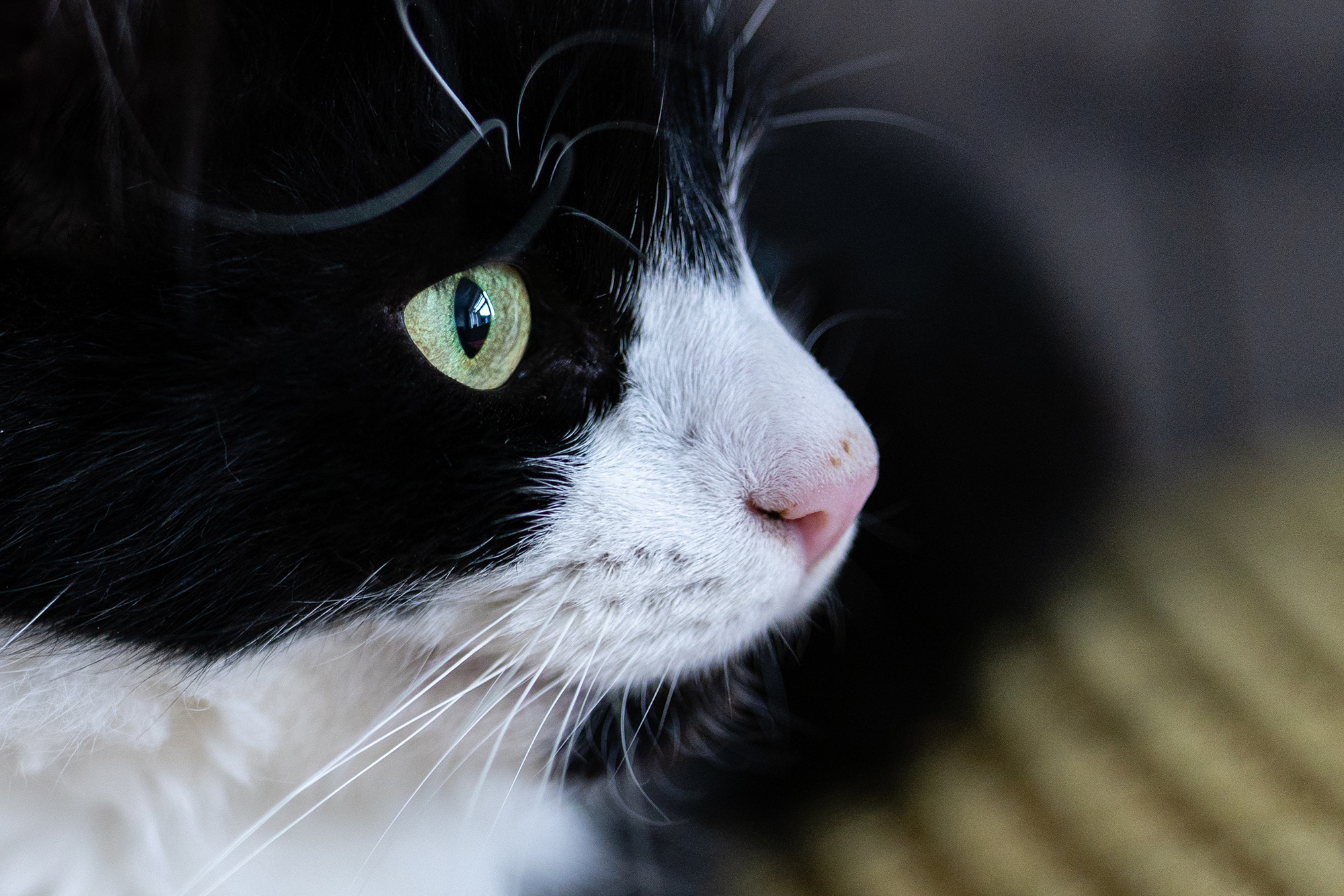
With no issues with chromatic aberration or optical distortion, the image quality produced by 50mm F1.4 GM is excellent overall while autofocus is fast and accurate – what’s not to like?
2. Compact and lightweight
At 3-1/4x3-7/8in / 80.6x96mm with a weight of 18.3oz / 516g, the 50mm F1.4 GM is reasonably compact and lightweight. It balances well with full-frame Sony A series camera bodies and when paired with the Sony A7R V, for instance, which weighs 1lb 9.6oz / 723g, it’s a comfortable pairing to carry by hand for extended periods of time.
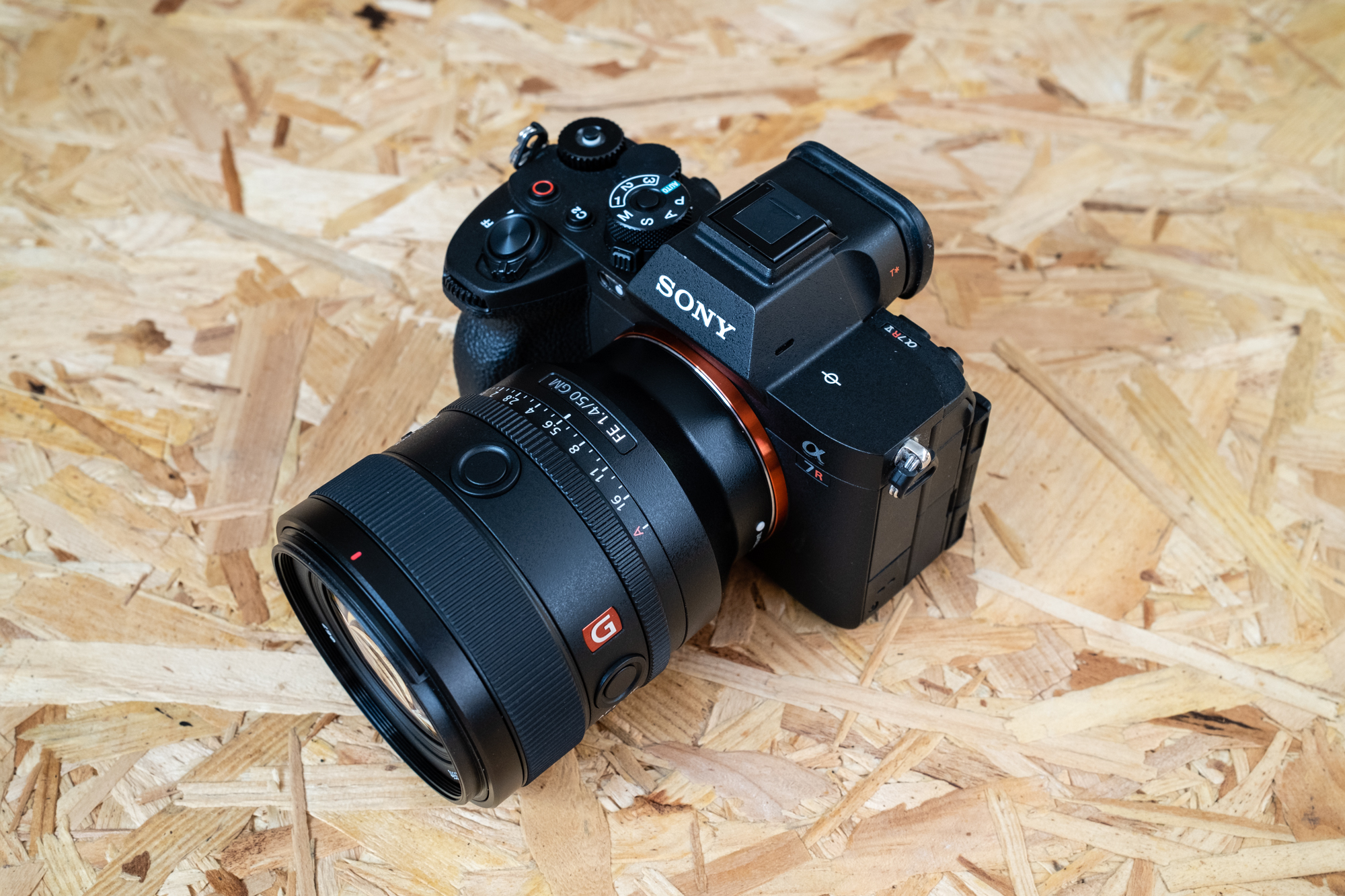
To provide a comparison, the Sony FE 50mm F1.2 GM is a phenomenal lens, but as well as being more expensive than the 50mm F1.2 GM, it’s also larger and heavier at 3-1/2x4-3/4in / 87.8x119.9 mm and 24.6oz / 695g.
3. Beautiful bokeh and shallow DOF
One of the greatest advantages of prime lenses is their fast maximum apertures and ability to isolate subjects from their foreground and background using a differential focus/a shallow depth-of-field.
Sign up for breaking news, reviews, opinion, top tech deals, and more.
Fast lenses like the 50mm F1.4 GM can also mean lower ISO levels when shooting in low-light conditions. Another benefit is that the field of view of 50mm lenses is similar to the human eye so the camera, in a way, truly becomes an extension of the photographer’s eye.
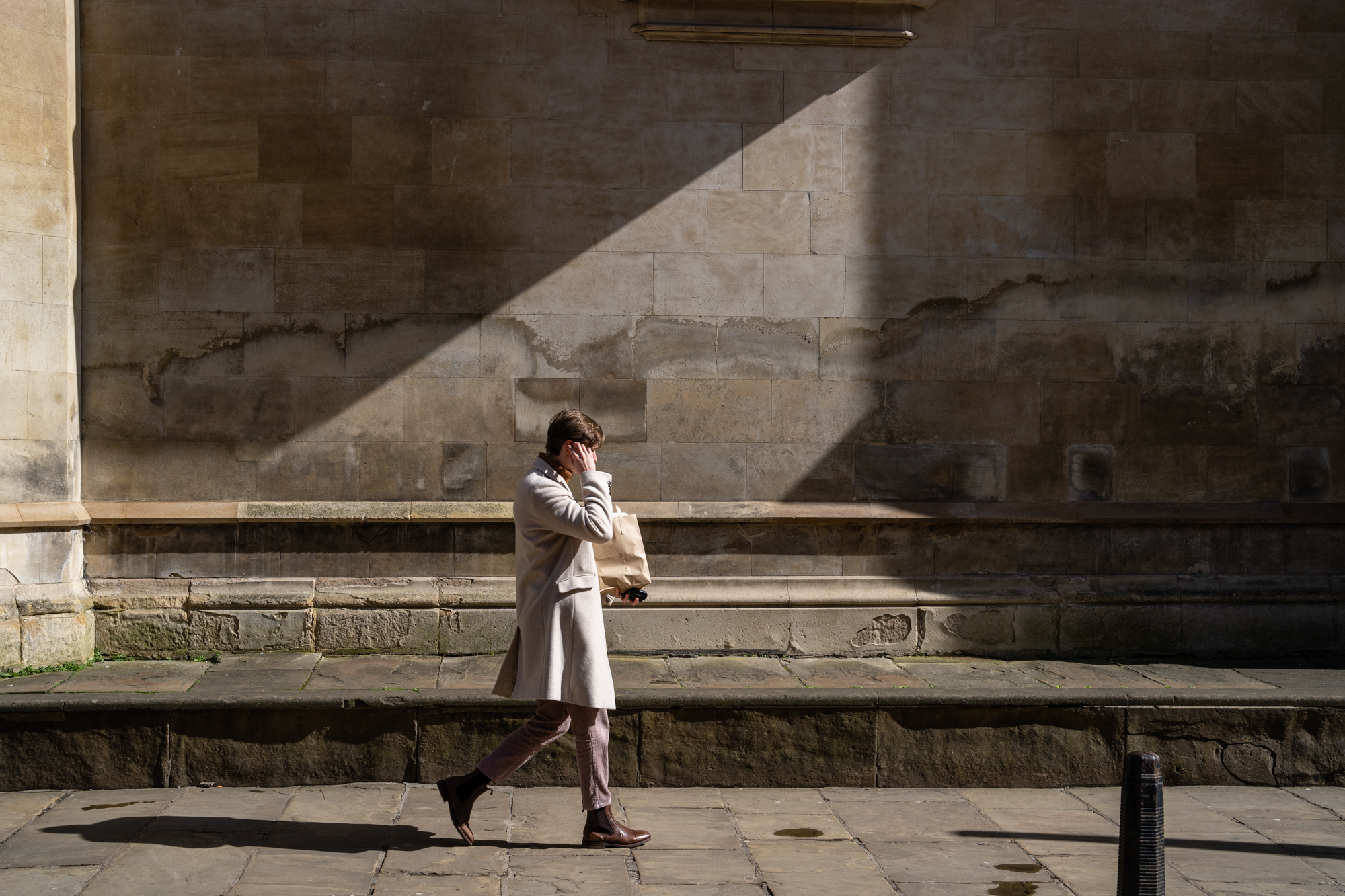
4. Incredibly versatile
50mm is one of the most versatile focal lengths in existence and can be used to shoot practically every subject including portraits, landscapes, astrophotography, street photography, and even wildlife; it’s a jack of all trades, master of many. And although it’s certainly not the best lens for everything, it’s one of those lenses that you can keep attached to your camera most of the time.
The main area where the 50mm F1.4 GM falls down is with close-up photography. For this, a close-up filter (actually a lens that’s attached to the front of lenses like a filter) will dramatically decrease the minimum focusing distance if you want to use it for this type of photography.
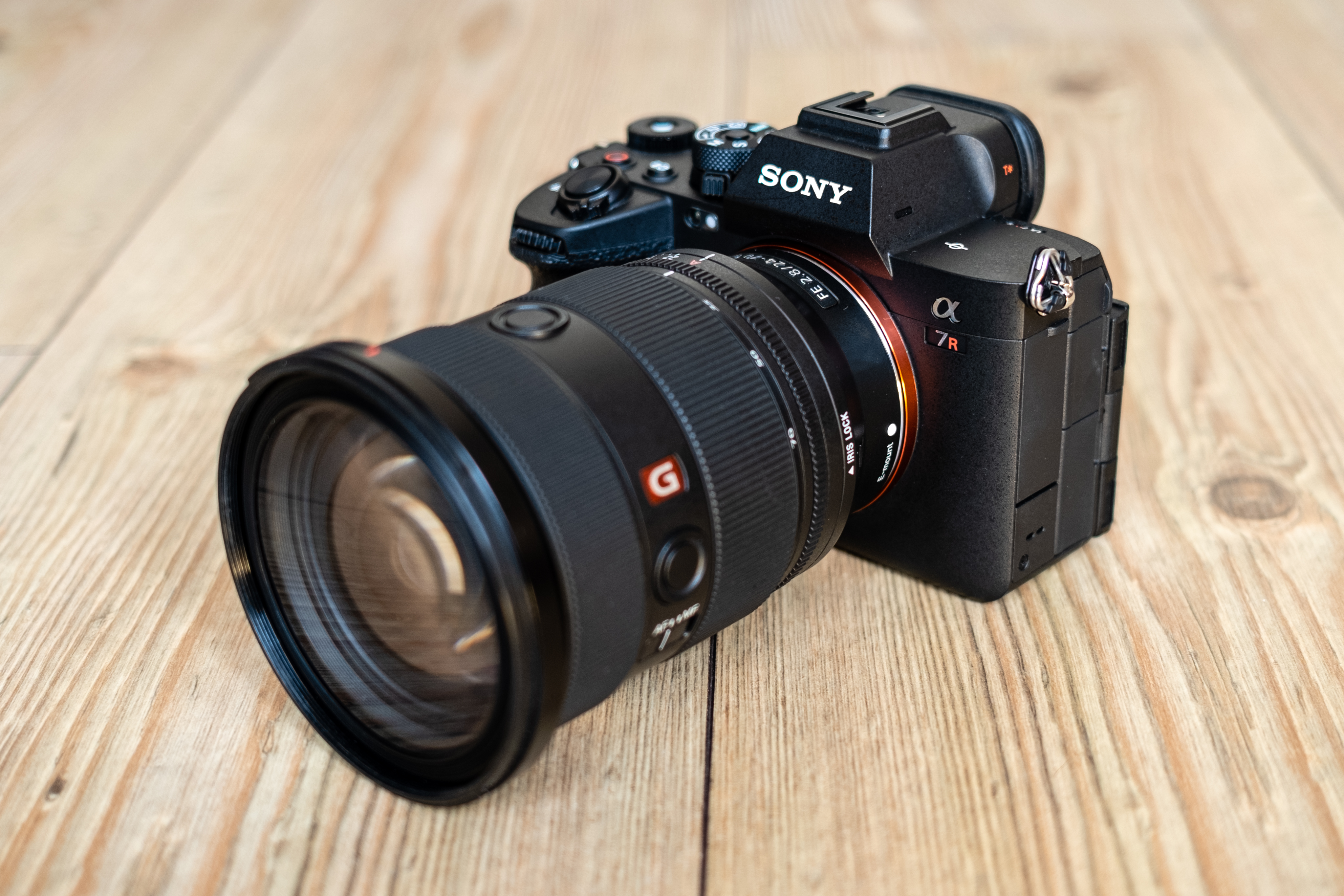
5. Better than a zoom
I would prefer the FE 50mm f/1.4 GM over the FE 24-70mm F2.8 GM II any day, simply because of improved image quality, a much faster maximum aperture and the fact it’s smaller and lighter.
Sure, the 24-70mm has a variable focal length making it even more versatile, but you can achieve pretty much identical results with the 50mm lens despite its fixed focal length, albeit with some creative thinking involved.
For example, how can you shoot a wide-angle landscape at 50mm? Easy, capture a vertical or horizontal panorama. And if you need to gain a wider or narrower field-of-view, in relation to the subject being photographed, you can physically move closer to or further away from the subject.

James Abbott is a professional photographer and freelance photography journalist. He contributes articles about photography, cameras and drones to a wide range of magazines and websites where he applies a wealth of experience to testing the latest photographic tech. James is also the author of ‘The Digital Darkroom: The Definitive Guide to Photo Editing’.